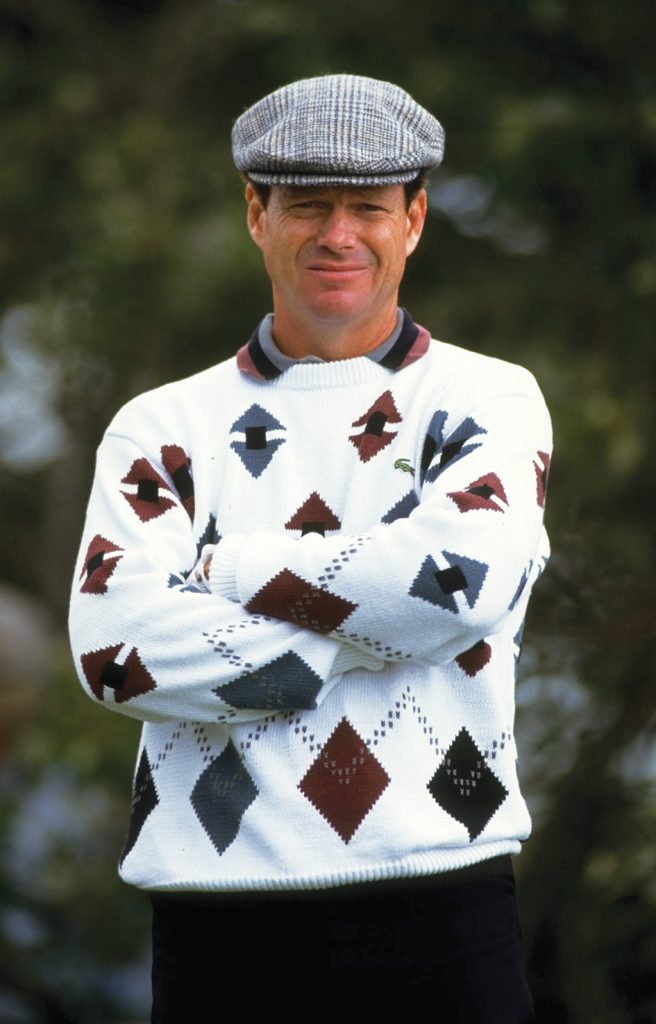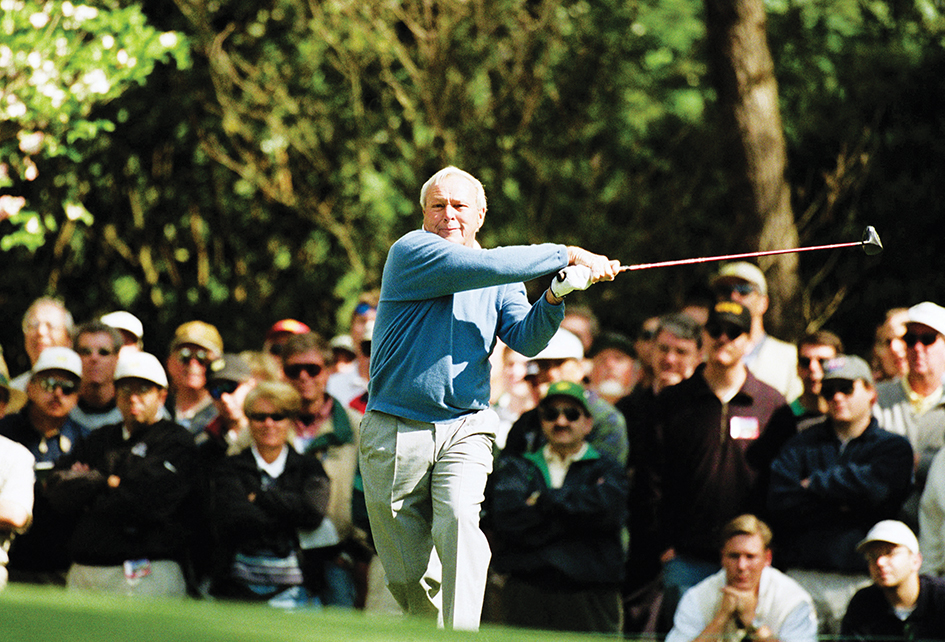
The famous ‘Postage Stamp’ the par three eighth hole at Royal Troon.
FOR the 10th time in 101 years, the Open Championship returns to Royal Troon Golf Club from July 18-21.
Founded in 1878, Royal Troon is renowned as one of the greatest links courses.
The Old Course represents a stern golfing examination and, in particular, the inward half of Royal Troon is widely accepted as the most demanding of any golf course on the championship rota.
Here is Inside Golf’s A to Z guide to the 146-year-old club and course ahead of The Open.
A is for Americans. The Yanks have a good record at Royal Troon having won the six of the nine Open championships there – Arnold Palmer (1962), Tom Weiskopf (’76), Tom Watson (’82), Mark Calcavecchia (’89), Justin Leonard (’97) and Todd Hamilton (2004).
B is for bunkers. There are 96 bunkers on the course – 60 on the front nine, including 11 on the second hole, and 36 on the back nine. Holes 10 and 13 don’t have any bunkers.
C is for Claret Jug. The trophy is 512mm tall and weights 2.45kgs. Many Open champions drink from the Jug. Ian Baker-Finch, who won the Open at Royal Birkdale in 1991, drank red wine from the Jug.

One of Tom Watson’s five Open Championship victories came at Royal Troon in 1982.
D is for design: Designed in the traditional out-and-back of the Old Course at St Andrews, Troon’s test begins with a gentle opening through some of the most striking links land to be found at any of the Open venues and concludes with a back nine as tough as any finish in the world.
E is for Englishman. England’s Arthur Havers was the first player to win the Open at Royal Troon when he edged out Walter Hagan by a shot in 1923.
F is for free entry. Juniors under the age of 16 get to watch The Open at Royal Troon for free.
G is for green fees. One round on the Championship Course (Monday, Tuesday and Thursday) is £365 ($693).
H is for Hamilton, Todd. Todd Hamilton won the 2004 Open at Royal Troon when he defeated Ernie Els in a playoff. Until his win, Hamilton had made just one Open cut when he tied for 45th in 1996.
I is for inclement weather. In July, the normal weather in Troon is 15.1°C with the warmest being 19.4°C and the coldest 10.8°C. The average rainfall in July is 20 days.
J is for Justin and Jesper. At Royal Troon in 1997, Jesper Parnevik held a two-shot lead after 54 holes and a five-shot lead over eventual winner Justin Leonard. The American fired a final round 65 relegating Parnevik (73) to second place alongside Darren Clarke.

The ‘King’ Arnold Palmer won the Open Championship at Royal Troon in 1962.
K is for keep out of ‘The Coffin’. Caddies will warn their players to keep out of the bunker called “The Coffin” which guards the left side of the Postage Stamp – the 112m par-3 eighth hole. In 2016, Rory took an 8 or 9. “It took me five or six goes to get out,” he said.
L is for ladies. Royal Troon hosted the Women’s Open in 2020. It was won by Germany’s Sophia Popov.
M is for motto. Royal Troon Golf Club’s motto is Tam Arte Quam Marte, which is Latin for As much by skill as by strength.
N is for nearly (Aussie) men. Three Australians have finished runner-up in The Open at Royal Troon. Norman and Grady lost a playoff to Mark Calcavecchia in 1989 and Kel Nagle was second to Arnold Palmer in 1962.
O is for over par. Only one Open champion has finished over par at Royal Troon. In 1923, champion Arthur Havers hoisted the trophy after finishing seven-over par.
P is for pint of beer: Thirsty beer drinkers can expect to pay around £7.50 pounds ($14) for a pint at Royal Troon.
Q is for qualifying. More than 2500 golfers play qualifiers across five continents over seven months for the chance to compete in the 156-man field at the Open Championship.
R is for Royal: Troon was granted its “Royal” designation in 1978 during its centenary celebrations.

The ‘Champion Golfer’ in 1986 and 1993, Greg Norman, along with Wayne Grady, was also beaten in a playoff at the 1989 Open Championship by Mark Calcacvecchia at Royal Troon.
S is for shortest hole. Royal Troon boasts the shortest hole on the Open rota. The famous eighth hole known as the Postage Stamp because of its tiny green. This 112m hole is where Gene Sarazen had a hole-in-one at age 73 during the 1973 Open and where German amateur Hermann Tissies took a 15 in the 1950 British Open.
T is for tough. The 11th, named The Railway, is one of the most difficult holes in major championship golf. A long par-4 (483y – 442m), a blind tee shot has a long carry over gorse with OB all along the railway on the right. The lengthy approach shot is to a small green that falls away, with nearby OB.
U is for under par. Henrik Stenson holds The Open record at Royal Troon with a 20-under par winning total.
V is for venue. Royal Troon has hosted The Open nine times in 1923, ’50, ’62, ’73, ’82, ’89, ’97, 2004 and 2016.

Cam Smith, the most recent of the Australians to win the Open Championship.
W is for Weiskopf and Watson as in the two Toms. Weiskopf (12-under) and Watson (four-under par) won The Open at Royal Troon in 1973 and 1982 respectively.
X is for X (cross) it off your bucket list. Play Royal Troon then hit the high street where there are many local shops and cafés. Who knows, you might run into a famous resident, Colin Montgomerie.
Y is for yardage. Royal Troon is a par-71 layout stretching to 7385 yards (6753m).
Z is for zone. Arnold Palmer, who won at Royal Troon in 1962, once said you have to be in the zone to win there. “To win The Open at Royal Troon you have to drive it in the fairway and keep the ball in the right spots all the time … and hit good iron shots into the small greens.”





